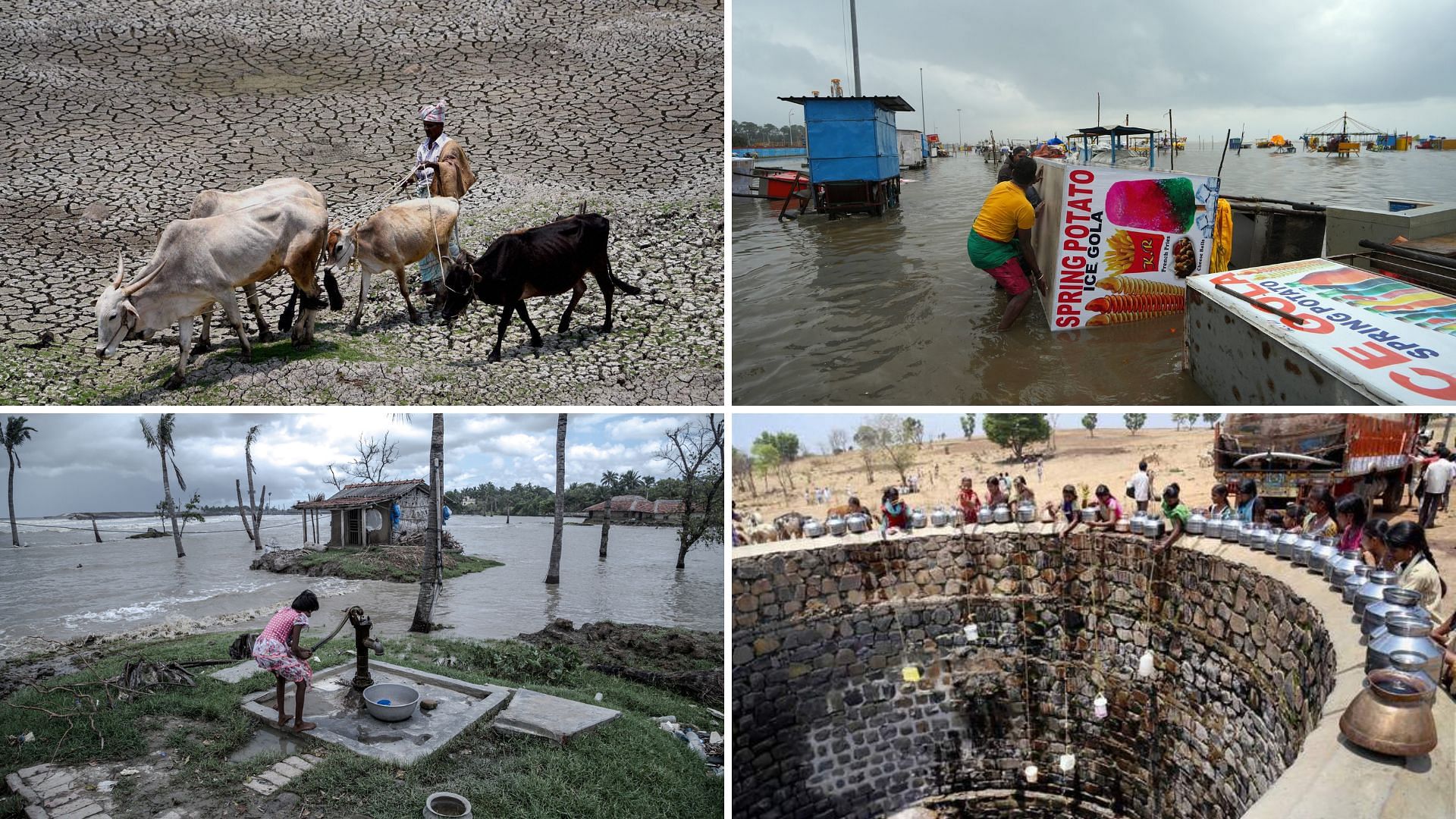
Image Source: thequint
Introduction
Global climate change is one of the most pressing issues of our time. As the Earth's temperature continues to rise, the impacts are being felt in every corner of the world. Among the countries most vulnerable to these changes is India, a nation heavily reliant on its agricultural sector and home to a large population living in poverty. This article explores the concept of climate justice and its application to India's warming climate, focusing on its implications for various sectors such as agriculture, water resources, and vulnerable communities.
Climate Justice
Climate justice refers to the fair distribution of burdens and benefits in the face of climate change. It recognizes that those who contribute least to global greenhouse gas emissions are often the ones suffering the most from its consequences. In the case of India, an emerging economy with a significant poverty-stricken population, climate justice becomes crucial in ensuring that all segments of society are protected and empowered to adapt to a warming climate.
Agriculture Sector
India's agriculture sector constitutes a substantial portion of its economy and employs millions of people. As the climate warms, agricultural productivity is under threat due to changing rainfall patterns, increased frequency of extreme weather events, and pest outbreaks. Climate justice demands that policies and initiatives are implemented to support small-scale farmers, promoting sustainable farming practices, providing access to technology and resources, and ensuring social safety nets during periods of crop failure.
Water Resources
Water scarcity is a significant issue in India, exacerbated by climate change. Changing rainfall patterns and melting Himalayan glaciers have severe implications for water availability and quality. Climate justice necessitates the equitable distribution of water resources, prioritizing vulnerable communities, and implementing efficient irrigation techniques and water management practices. Additionally, initiatives to conserve water and promote rainwater harvesting should be promoted to mitigate the impacts of a warming India.
Vulnerable Communities
Vulnerable communities, such as coastal populations and indigenous tribes, are disproportionately affected by climate change in India. Rising sea levels pose a threat to coastal communities, with increased exposure to storm surges and flooding. Indigenous tribes, heavily reliant on forests, face displacement due to changing ecosystems and loss of natural resources. Climate justice necessitates the inclusion of these communities in decision-making processes, ensuring their access to resources, livelihood opportunities, and adaptation measures to safeguard their rights and well-being.
Conclusion
The shape of climate justice in a warming India requires a multi-faceted approach that addresses the diverse challenges posed by climate change. It demands the allocation of resources and implementation of policies that prioritize the needs of vulnerable communities, promote sustainable practices, and ensure equitable access to resources. As India, along with the rest of the world, navigates the complexities of climate change, it is imperative to integrate the principles of climate justice into policy formulation and implementation to mitigate the impacts and create a more resilient and just society.